Psychology of color in design: how to choose colors
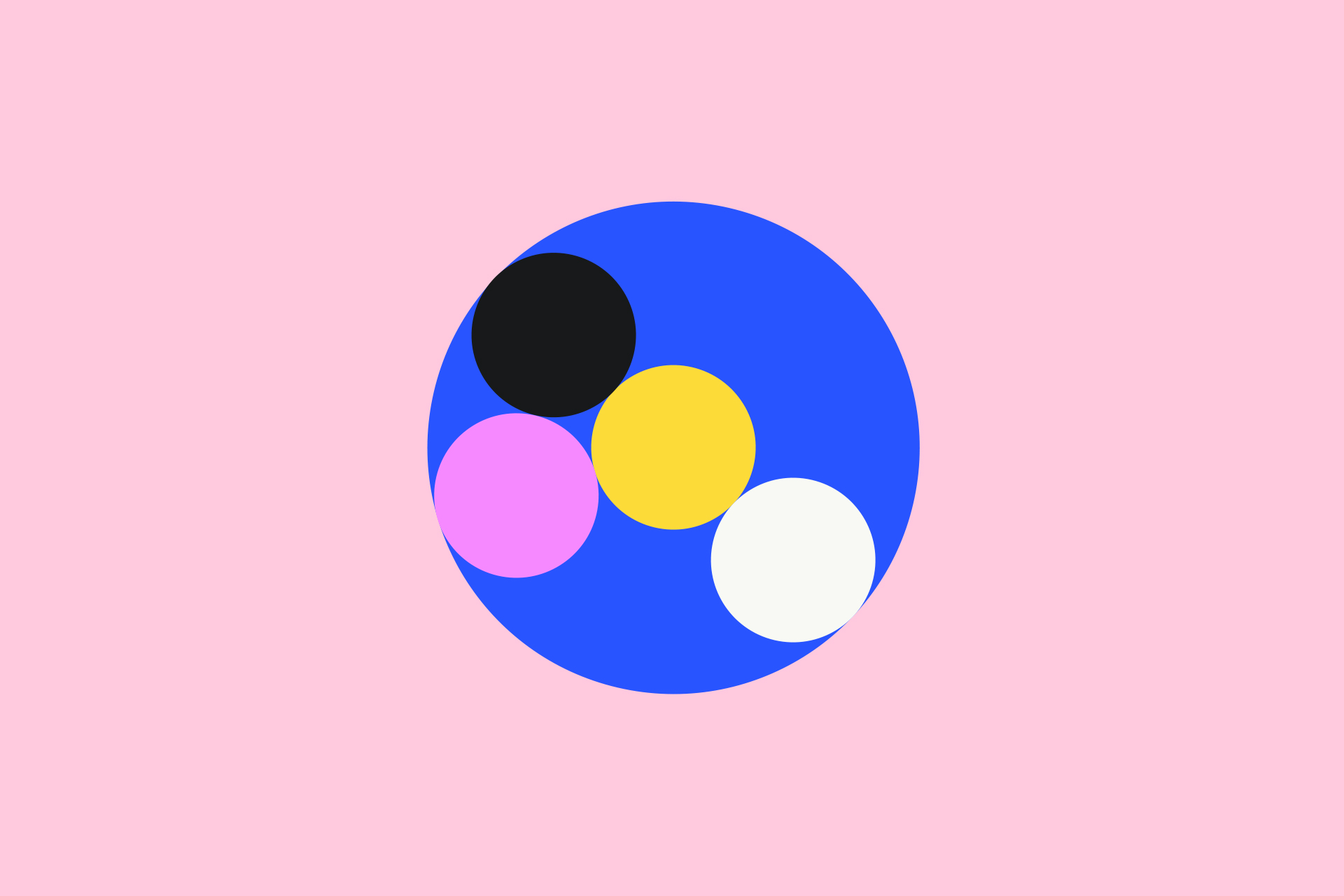
Interesting facts about the impact of color on people's lives, and how to choose the right color scheme for the development of the company. Table of names of popular colors.
One of the most important elements in the design is the color, which subconsciously sets the mood of the entire advertisement as a whole. Each color is able to evoke certain emotions and feelings in a person. This connection has been formed for thousands of years and is firmly rooted in the minds of people. No matter how paradoxical it sounds, color can affect not only vision, but also other senses - we can taste pale pink or hear a red "stop" signal, we can, seeing blue, imagine the horizon and sky, or at the sight of green, smell the mown grass. A person's perception of color may depend on various factors: from his environment, people, customs to individual physiological characteristics of the body.
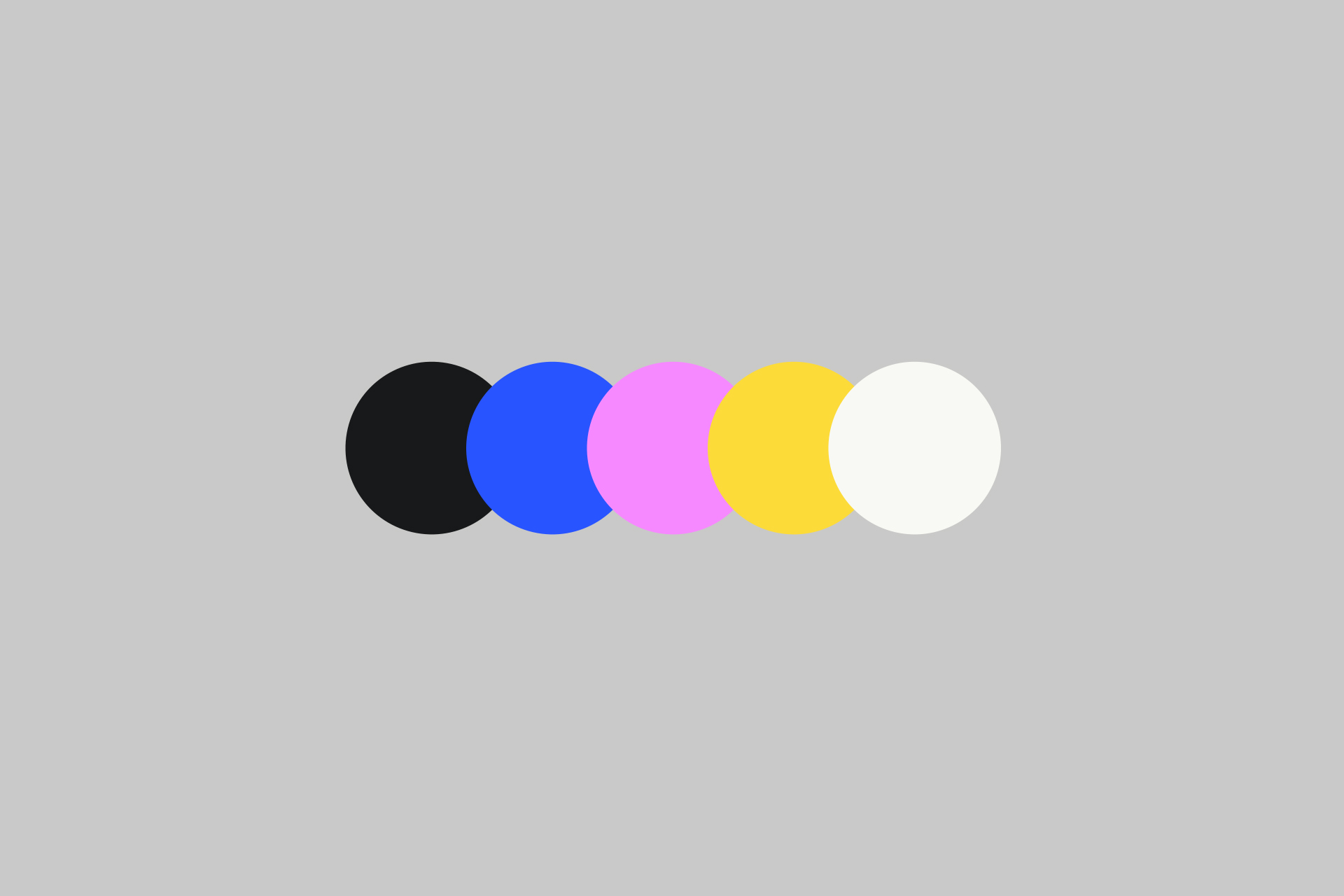
Traditional associations were formed from human interaction with the outside world. So, for example, when the life of the first people was firmly connected with day and night, a sunny day and its accompanying colors (yellow, orange, blue) implied activity, food search, housing arrangement, but night and its shades of dark blue, black were associated with sleep and relaxation. The red color reminded of fire, battles that required a lot of vitality and energy.
Physiological processes also play an important role. Color, first of all, is radiation with different wavelengths and different degrees of reflection and absorption. As soon as the eye perceives color, the brain begins to work actively, including in the nervous system. Warm colors have the longest wavelength and require a considerable amount of energy. This increases the heartbeat, respiratory rate. Conversely, cold colors have a short wavelength, they relax and calm the human body.
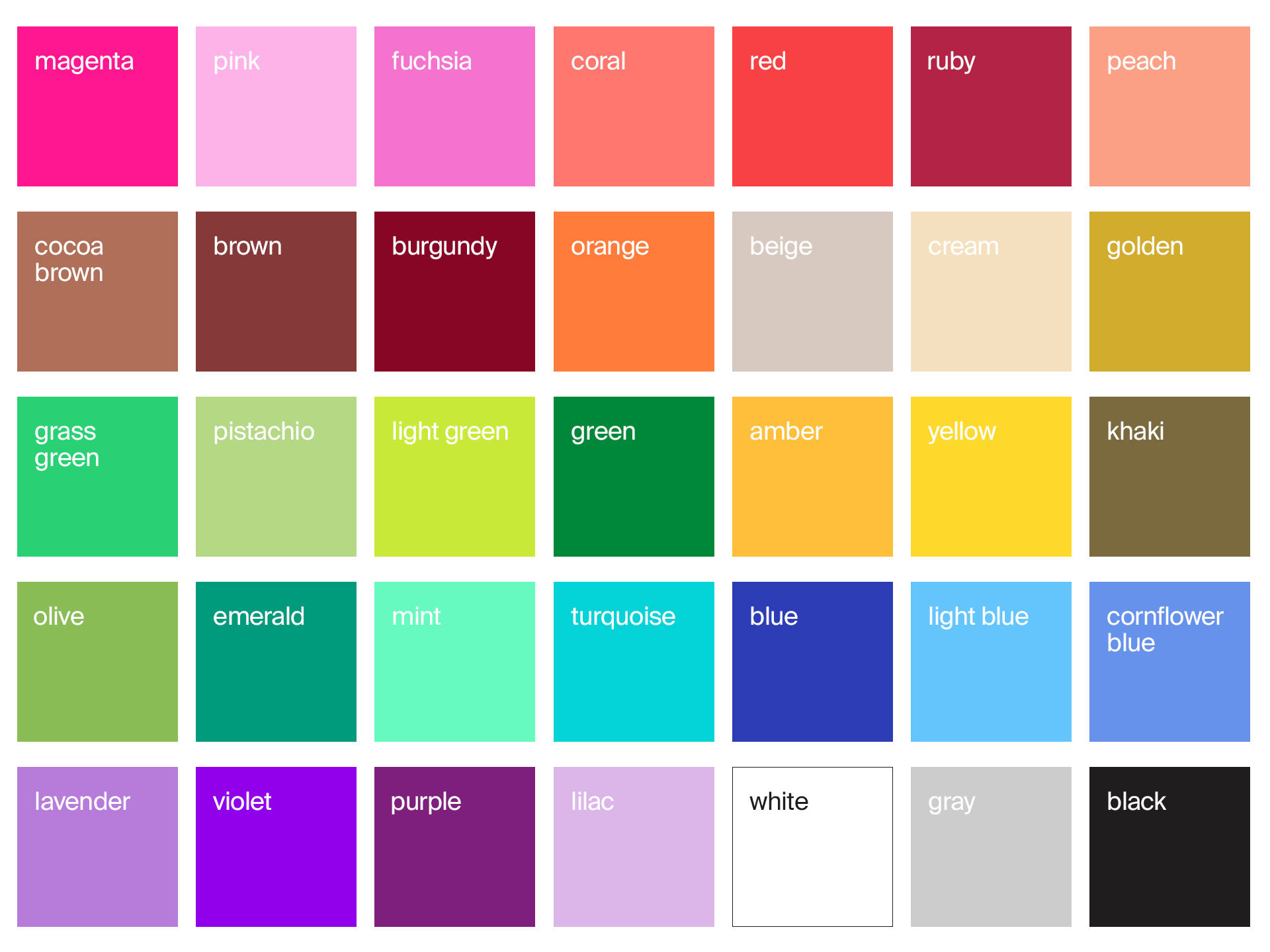
Red color
Strong, passionate, but at the same time quite aggressive color. Red is the leading color in the branding of many large companies, and there are reasons for that. It is warm, stimulating to action and brain activity, associated with confidence and strength. At the same time, it can both improve mood and irritate the nervous system, causing a sense of danger and stress. Therefore, you should pay attention to the use of red in the corporate style, not forgetting to dilute it with calmer tones.
In some countries, there is a special attitude to this color. For example, residents of the Far East associate red with a feeling of love, the beginning of life, a holiday. France has been extolling red as an aristocratic color for many centuries – the upper layers of the French elite have always preferred clothes of these shades. And for the people of Egypt, red is the color of sorrow. Australians are different from many peoples and since the time of the first aborigines consider red the color of the earth.

Orange color
Orange is one of the most cheerful, youthful, and energetic colors. He is moderately impulsive, helps to feel happiness, and lifts the mood. It is clearly visible both during the day and at night. It is an excellent antidepressant. Scientists have proven that the orange color is able to relieve eye pressure, reduce migraines and fatigue after just a few minutes in a room painted in this color. It stimulates the appetite, and after a meal causes a slight feeling of euphoria.
If we talk about the attitude to the orange color in different countries, then there are no significant differences. European countries associate it with warmth, energy, the harvest period, the beginning of autumn. In India, they see the connection of orange with saffron. And in the Netherlands, this color is official and very popular among the citizens of the state.
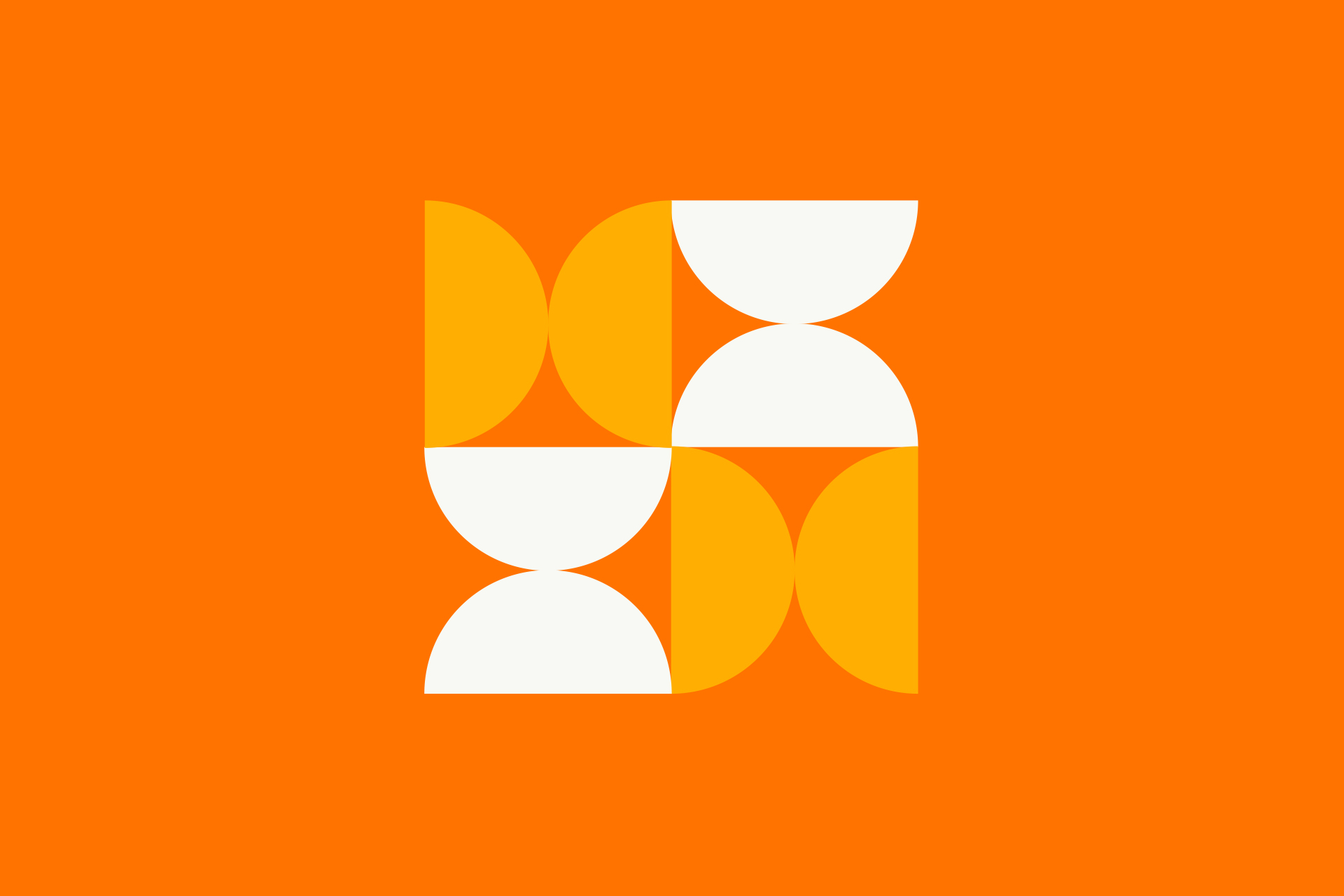
Yellow color
Bright, sunny, and summery. The color of happiness, optimism, and creativity. With a moderate amount of muted shades, yellow helps to concentrate, adjusts to work, helps with self-organization, and improves memory; with an abundance, it can lead to fatigue and irritation of the body. That is why you should not abuse the "flashy" shades of yellow. In exceptional cases, it can be associated with jealousy, betrayal, or illness.
The attitude to the yellow color has been formed for many centuries. For example, his veneration has been going on since the Qing Dynasty, where only the emperor could wear yellow-colored clothes, and the Chinese associated yellow with wisdom and learning. More subdued golden shades were appreciated at all times and expressed luxury, nobility, and connection with the sun. In the Middle Ages, during the raging plague epidemic, a negative attitude towards the yellow color appeared, it began to be associated with the disease – infected houses were marked with a yellow cross. At the same time, the raised yellow flag meant quarantine. Despite the past, yellow is now perceived positively and is actively used in many areas.

Green color
Fresh, natural, and eco-friendly. The color of life and growth. The green color has a beneficial effect on the human body, soothes, improves blood circulation, and brings the human body into the necessary tone. All over the world, green is considered a symbol of safety, remember the same traffic light and green as a sign of a safe start of the movement. Despite everything, the Chinese associate it with exile and betrayal. For Ireland, green is closely associated with their national symbol – the three-leaf clover.

Pink color
Pink can be considered the most feminine and delicate color from the entire color range. He is sensitive and romantic, charming with his beauty and softness. The pink color symbolizes the feminine, love, and kindness. It is able to get rid of aggression, bad mood, calm the nervous system, and even improve digestion. On the other hand, excessive use of pink can characterize naivety, emancipation, and tearfulness.
Pink, the color of the goddess Venus, is associated with sentimental love and touching feelings in almost all countries of the world. It is an excellent antidepressant. Many prisons have put into operation the use of pink in clothing, premises, which has significantly reduced hostility among prisoners. And in Japan, for example, for a long time, there was a strange custom of inserting pink plates into the eyes of the most restless rowdies.
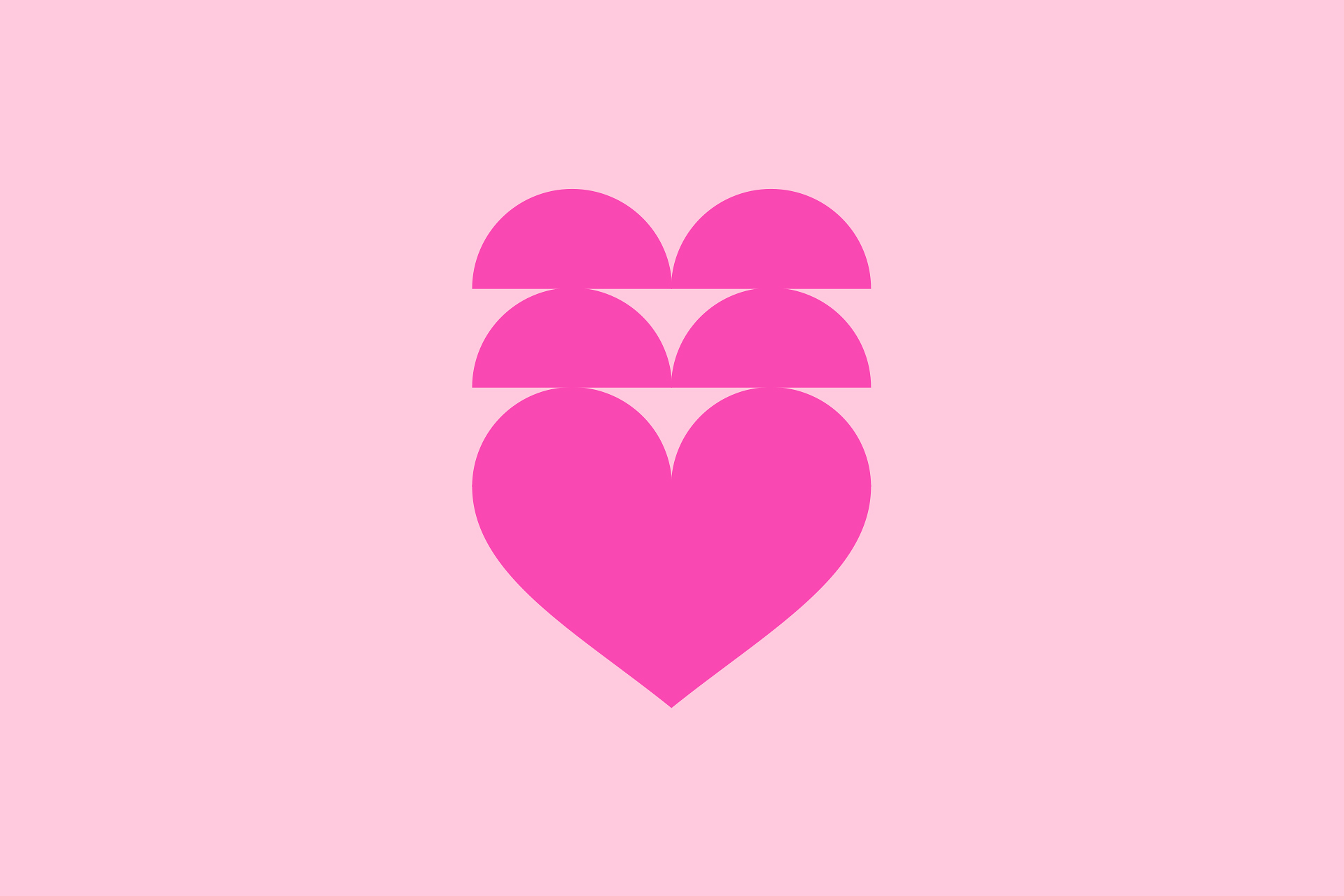
Blue color
One of the most soothing and peaceful colors. Many companies prefer the blue color and for good reason, because it is very deep, inspires confidence, embodies order and cleanliness. The blue color can have a positive effect on the human body: it calms, helps to concentrate attention, normalizes blood pressure, and also reduces pain. It is also interesting that blue perfectly suppresses hunger and dulls appetite, so people who want to lose weight often surround themselves with objects of blue shades.
In many countries of the world, blue is the color of the sky, tranquility, and truth. So, in Egypt, when the pyramids were completed, each inside was painted in this divine color. Americans associate the blue color with courage and perseverance, it is this symbolic meaning that was laid in the blue field of the US national flag. In Japan, the color blue, oddly enough, is associated with deception and fraud, and for Iranians it means sorrow. For the Chinese, on the contrary, blue is the color of the greatness and immortality of the human soul.

Violet color
Strong, mystical, and mysterious. The color of creativity, romanticism, and great ideas. Purple color has absorbed the passion of red and the tranquility of blue, becoming an inexhaustible source of balance and meditation. It calms the nervous system, normalizes sleep, and increases efficiency. Purple color has a great influence on the area of feelings, helping to get rid of negative emotions and bad mood.
Scientists have proved that for the first time violet and purple pigment began to be extracted in Ancient Rome from a special type of mollusks. At that time, this paint was the most expensive and was used only in ceremonial events. The deep purple color has been held in high esteem for many centuries and was present in the outfits of kings and clergy, which began to associate it with power, wealth, and inaccessibility.

Brown color
Restrained, conservative, but at the same time warm and cozy color. Brown is the color of the earth, the hearth, the color of autumn and hot chocolate. With a large number of dark shades, it can cause anxiety and fear, so it is important to dilute dark brown with more optimistic colors, such as beige, yellow or orange. Brown is timeless and has always been considered the color of stability and naturalness, it is worth remembering at least the color palette of furniture over the past few centuries, brown wood remains relevant and modern both in the past and in the present.

Grey color
One of the most neutral, cool, and calm colors. It is rare to meet a person who prefers only gray, or vice versa, who has a sharply negative attitude towards him. Gray color does not deliver bright positive emotions but also does not cause depression. It does not promote conversation and does not encourage action, on the contrary, it calms, positively affects the nervous system, relaxes, and even to some extent puts to sleep.
Attitudes toward gray have changed throughout history. In ancient times, it was associated with poverty, hopelessness, and the lower strata of society. In the Middle Ages, he became associated with practicality, chastity, and restraint. He was preferred by gentlemen and people of high society. In religion, gray is repentance and spiritual immortality, even Freemasons had to wear gray clothes.

Black color
One of the most controversial colors. On the one hand, conservative, deep, inspiring confidence. On the other hand, the color of mysticism and sadness. Black color is achromatic, i.e. colorless, it can both ruthlessly absorb and competently enhance, emphasizing the other colors.
In world cultures, black is perceived differently. In most cases, it is associated with evil, anxiety, and grief. But at the same time, they are considered the personification of elegance, authority, and status. In Eastern cultures, it has only positive meanings: happy marriage, strong love, health, and peace of mind. So, in China, black symbolizes masculinity and is very popular among the male population, and Indians associate it with the restoration of the body and health.
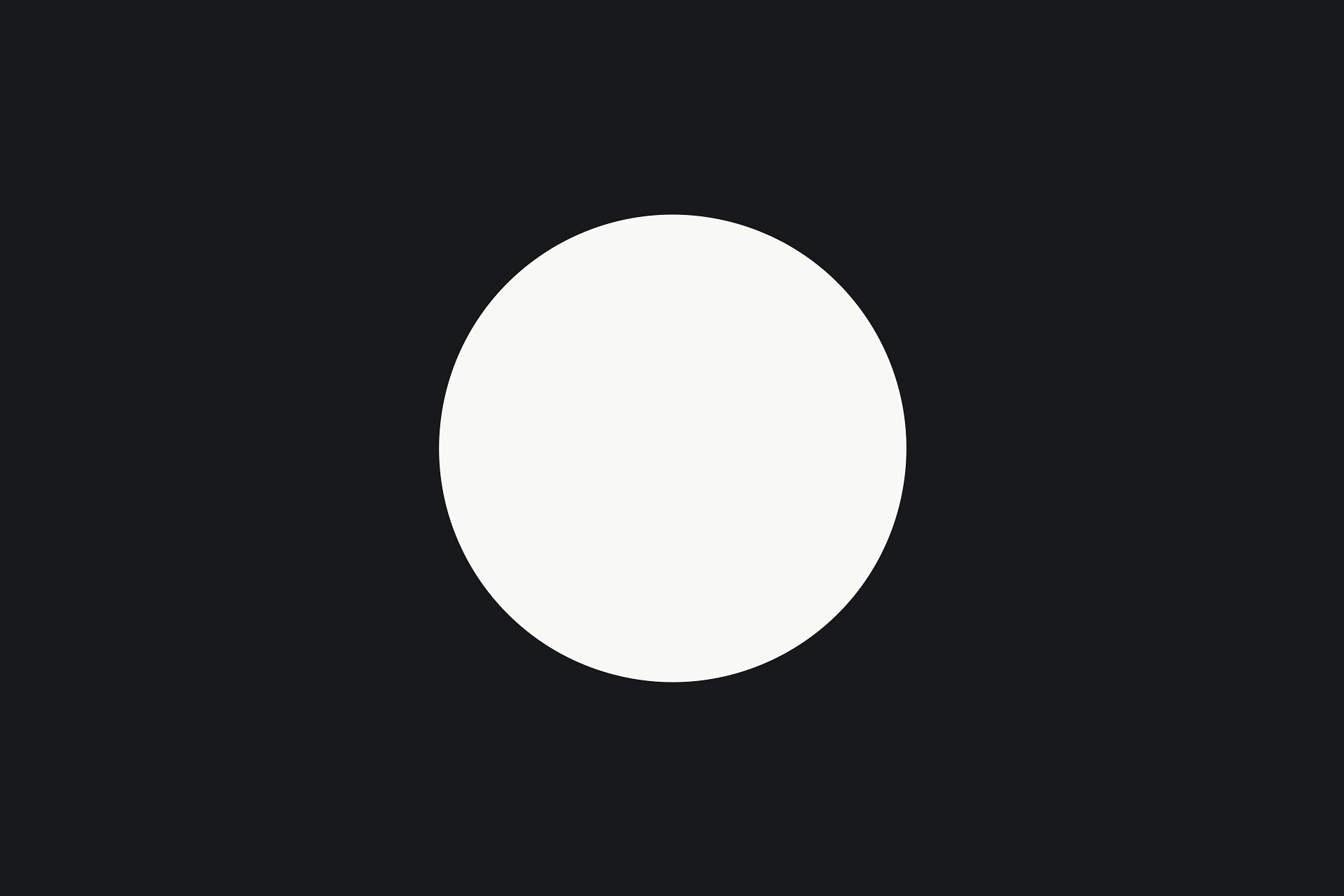
White color
Pure, spiritual, and airy. The color of light and life, kindness and security. It refreshes and energizes, lifts the mood, calms the nervous system, puts the brain in order, and cleanses the mind. However, you should be careful and avoid using only white, in large quantities, it can incline towards cold, emptiness, and loneliness.
In international society, white is the color of peace or the desire for a truce. Here it is worth remembering the white dove, which is released on holidays and celebrations, or the white flag symbolizing the intention to surrender. In most countries, white is also associated with purity and innocence. In Eastern countries (China, Japan, India) on the contrary, they consider it a symbol of sadness and sorrow, not understanding the traditions where the bride gets married in a white wedding dress.

When choosing a color scheme for a future design, ask yourself the question: what target audience is it intended for, and what tasks is it required to perform? Only after that, you can give preference to the desired color. For a restrained, strict design, colder, non-impulsive shades should be included in the work, whether it is blue, green, gray, black, or other colors. If you need to create a more sensual, emotional design, you should choose warm and impulsive colors.
